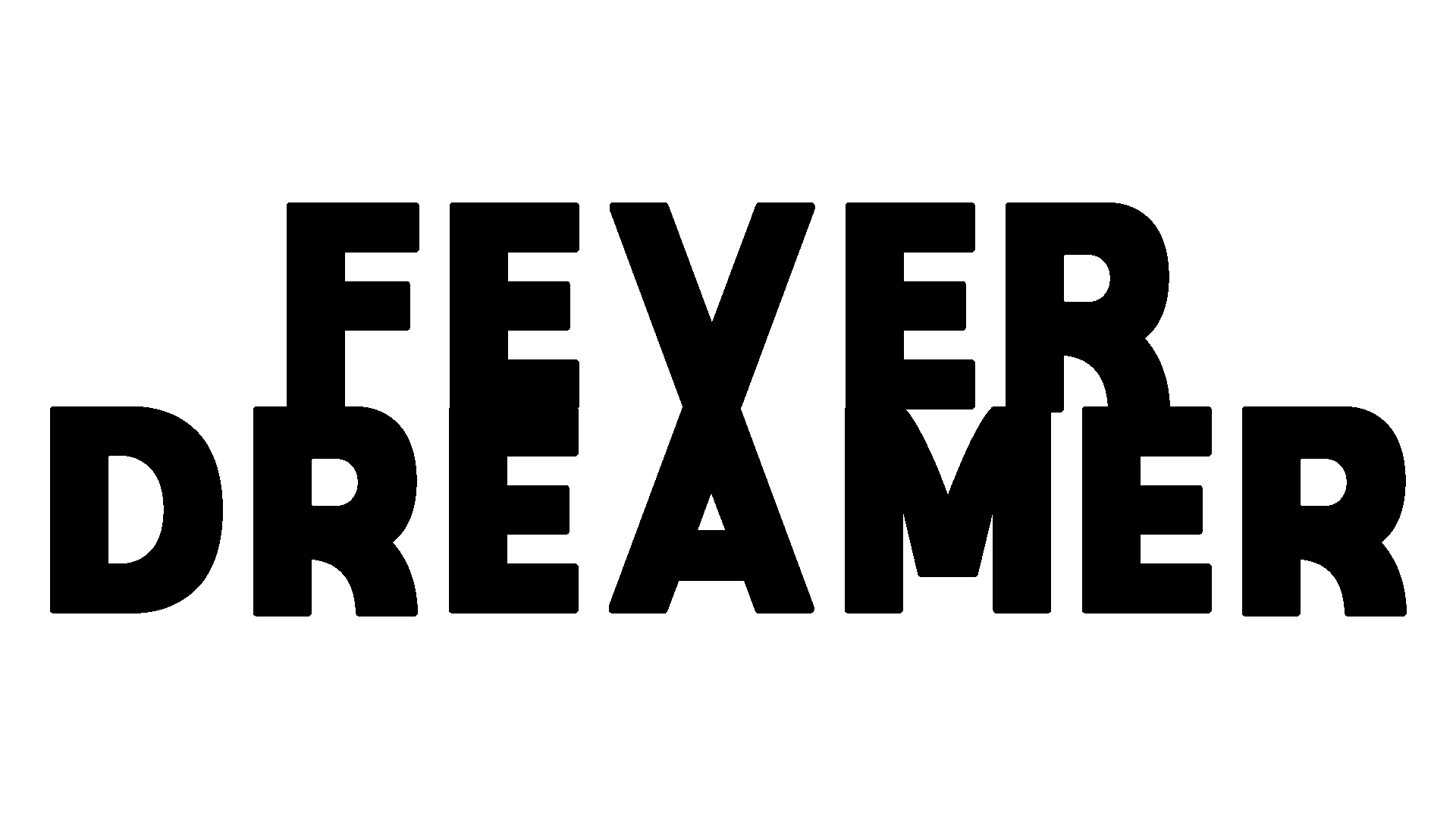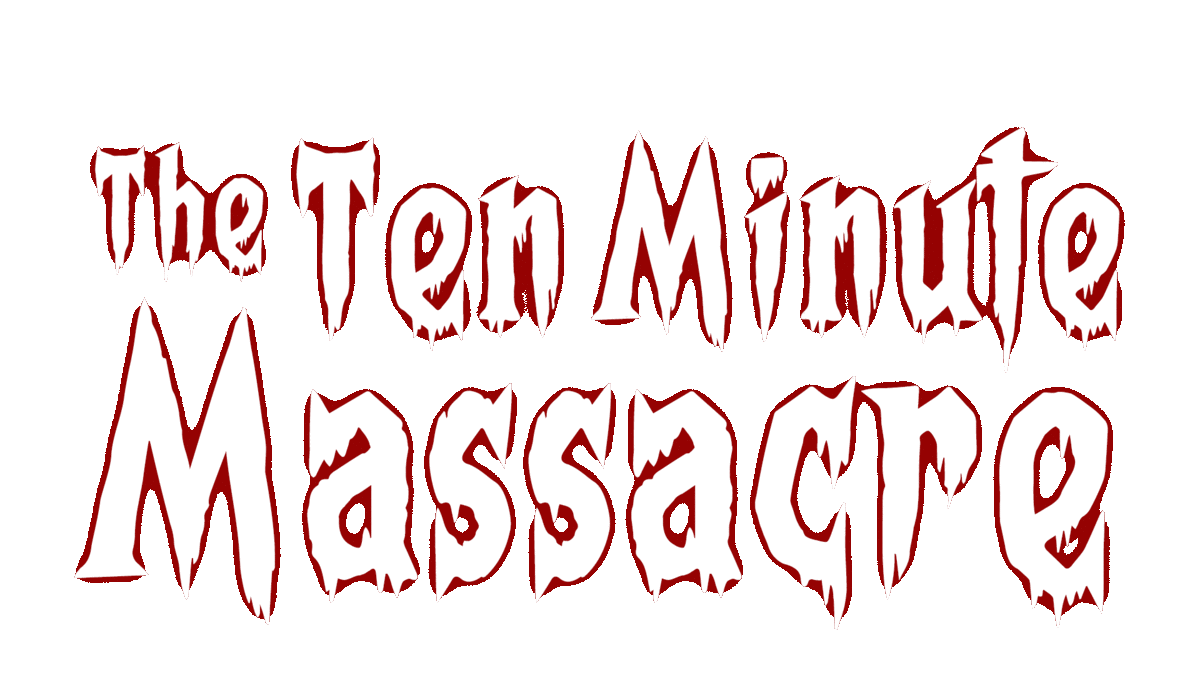The following is my recent research and theory on the staircase sub-genre. I plan to update this essay.
When describing Parasite to Vanity Fair, Bong Joon-ho used the term “staircase movie”. “Using verticality as the overall motif that runs through the entire film, Bong created both the Parks’ and Kims’ homes from scratch built on outdoor lots, together with set designer Lee Ha-jun”(Sunio). Bong Joon-ho is not the first director to signify class divide in this literal way—which makes a lot of sense considering how much we’ve integrated this vertical distribution of wealth in our own society. Deckhands work underneath the ship, servants often live in dark and dank quarters, floors far below that of royalty, and Noah stuck every animal except birds on the bottom level of his ark, the floor below his own. The staircase movie horror subgenre is less an arty symbolic storytelling method of class struggle, and more a product of our own world’s unjust system already at work.
The staircase movie genre is defined by telling the story of those with and those without, the staircase representing the vertical class system. The main characters are often those underdogs given little to propel them to success, who must fight for what they want. The class system is evident in the world’s oldest and most recognizable story. Wild and domesticated animals were lodged in the first of the ark’s three levels, in the second human beings, and in the third birds. There are even a few throw-away racist lines in The Platform speaking to how prejudice permeates in society. Characters in The Platform even argue over the correct technique for spreading the message of equal distribution: should they convince people to do the right thing just by asking or by force? The genre serves as a critique to corrupt governments and iniquitous distribution of wealth in society.
Jordan Peele’s Us is another example in this staircase movie genre. The divide between The Wilson Family and The Tethered cannot exist without the vertical ecosystem they are confined to. To hit the nail on the head, The Tethered are direct products of the government—just like the class divide in real life. The government allows the haves to reap all the benefits of the human condition by being above ground- finding love, having children, celebrating holidays—while letting The Tethered suffer in vain.
“On Christmas, the girl received wonderful toys; soft and cushy. But the shadow's toys were so sharp and cold they sliced through her fingers when she tried to play with them. The girl met a handsome prince and fell in love. But the shadow at that same time had Abraham, it didn't matter if she loved him or not. He was tethered to the girl's prince after all… So you see, the shadow hated the girl so much for so long until one day the shadow realized she was being tested by God.” - Us (2019)
The unfair conditions faced by The Tethered was the ultimate reason for their revolution. Then why do we root for The Wilson Family? How can we simultaneously feel pity for The Tethered and yet want them to lose this fight? “Who are you people?” “We’re Americans.” Because for most of history, that’s what we’ve done in the real world. There’s no physical way The Wilsons could save every tethered, allocating homes and resources to all of them because the system itself is broken—the government didn’t cater to them as they did those above ground and definitely didn’t intend for them to strike back.
So yes, The Tethered are truly nightmare fuel, but only because they are a product of an environment we could never imagine. They were born stripped of their humanity, innately puppets in the government’s game of life to benefit those living above. Every Tethered besides Red, Adelaide’s doppelganger, seemingly lacks speaking skills entirely—cementing their inability to advance social ranks. This is a tactic perpetuated by the educated elite to keep lower classes below them in real life. The United States implemented anti-literacy laws prohibiting teaching slaves to read and write in fear of insurrection. The corrupt elite know that knowledge is power and will stop at nothing to keep those below them ignorant.
While The Tethered are hunting our main character humans, a twist is revealed that Adelaide and her Tethered switched places when they were children. So this is this why Red is the only Tethered able to speak and thus becomes their savior. This implies if not for the fateful switcheroo of Red and Adelaide that The Tethered could never have surfaced.
In The Platform, we wake up with Goreng on his first day in the platform. Right away, we get the idea that he’s a messiah-like figure—more magnanimous than all the others—and then multiple characters throughout the movie straight up call him Jesus. The one object he chooses to bring with him is a book. We learn all about the platform with Goreng as he navigates from level to level, roommate to roommate. Because of his good nature, Goreng also sees things nobody else does. And it is only because of the compassion he showed Miharu, that she saves him from becoming food. As viewers, we like to think we would act selflessly like Goreng and be rewarded, mostly, for our noble acts. “We have to talk to the ones above. To tell them to ration the food”. “Then you know there are murders everyday.” “We prefer to call it vertical self management.”
In Wes Craven’s 1991 People Under the Stairs, the juvenile Fool and his family have fallen in hard times because they are being evicted from their apartment by landlords who make their fortune by overcharging for rent, kicking residents out, and selling the land to developers to demolish in the name of shopping malls. Leroy comes to Fool with a plan to rob this landlord couple out of the gold and money they’ve been hoarding in their basement. Because Fool’s family is only so down on their luck due to the rigged system they are confined to, People Under the Stairs spins the horror genre on its head by framing Fool as the one to root for in contrast to the usual home invaders in suburbia flick. Before Fool discovers these landlords are hiding more in their basement than just riches, the movie has yet to enter staircase genre territory.
But as we all know, there are people under the stairs. When it is uncovered that the landlord couple, who go by Man and Woman, punish their “bad” children by banishing them to the interior of their walls, the vertical allegory and imagery come into play. These people under the stairs are at first the most terrifying part of the movie, even presented in the trailer as the ultimate threat. Soon it is revealed that it is not the starved children who have resulted to cannibalism, but the landlords who perpetuate, enforce, and benefit from this rigid system of inequality that are the true monsters.
In the 2015 Blu-ray commentary track, Craven refers to the landlords’ house as representative of "the whole society of the United States". He even cites a real-life news story from 1978, a case involving two Black burglars which unintentionally led the local law enforcement to discover a pair of children had been locked away by their parents as an inspiration for the movie. And then in 2017, prior to the release of Get Out, Jordan Peele included People Under the Stairs when curating a film series for the Brooklyn Academy of Music devoted to a subgenre of film Peele dubbed the “social thriller”.
I want to go one step further and classify some films as specifically staircase genre movies. Oftentimes in these movies, the main characters reach a climax in which they discover a level below their own. This subversion in People Under the Stairs, The Platform, and Parasite of meeting those in worse boats than your already sinking one is eye-opening and terrifying. It is the awareness that you may not be as worse off as you thought and that you might be able to actually help others that each staircase movie makes its own points.
So the staircase genre always tells the story of class divide, but no movie has the same ending. Sometimes, our underdogs level up like in People Under the Stairs. In Parasite, we get a glimpse of this when _ discloses his dreams of buying the house, but we all know he’ll never be able to make enough money to do so. The message of movies like this is that there are enough resources and money for everyone, but overconsumption of the wealthy and privileged inevitably leads to inequality.
There’s a reason the staircase movie is often a subgenre to horror. The intention of every good scary movie is to instill within its audience a new fear within the already familiar. Stephen King is famous for his ability to make the ordinary frightening: a car, a cat, a hotel. If a filmmaker’s message is to wake society up to its nightmarish class inequality, the best way is to scare them. In the staircase movie as in reality, those not at the top of the food chain are perpetually frightened by the idea of slipping through the cracks, falling even farther below than they already are. Those like The Park Family or people that wake up on the first floor in The Platform do not share the same fears as those below. Instead, they revel in their excess. “What if the ones above did the same?” “I’m sure they did. Those bastards.”
Horror movies have a history of being tools to express timely social fears, “acting as reflectors turned against their viewers,” (Bailey). Sometimes this was accomplished through subtext to skirt around Hays Code Laws as the 1930s saw the queer coding of Universal’s monsters in Bride of Frankenstein and _. In the 1980s, the slasher subgenre of horror gripped American audiences with its themes of suburban familiarity and conservative fears. Horror movies, spanning tens of subgenres, are a reflection and exaggeration of societal fear—so it is only fitting that the staircase movie is often exemplified through the horror lens.
There is only one film that could be rightfully categorized as a staircase movie without being a subgenre of horror: Metropolis (Lang). The pioneer of science-fiction German silent film captures every essence of the staircase genre. It is Fritz Lang’s vision of a grim futuristic society and critique of the present: some bask in the sunshine on land physically supported by workers who live under the city and endure a life of backbreaking work. It’s not surprising to me that sci-fi is an appropriate lens to sculpt the staircase movie through. As award-winning writer Lucy A. Snyder wrote, “science fiction and horror share many of the same genre roots” (Snyder). The science fiction genre often shows us scientific advancements and their repercussions, which can be extremely scary. It only makes sense for the societal structures currently in place to be questioned by satirized versions of a possible future (i.e. the one in Metropolis).
It is also impossible to ignore where Metropolis stands in history. Widely recognized as the first science fiction movie, Metropolis was released during the German Expressionist Movement in the 1920s. This era also birthed horror icons Nosferatu and The Cabinet of Dr. Caligari (1920), which The Rotten Tomatoes’ Critics Consensus reveres as “arguably the first true horror film”. Metropolis may be a sci-fi flick, but this first iteration of the staircase movie is certainly scary.
The very thought of being in the platform while watching it is terrifying. I find myself thinking about how I would go about living on certain levels. Seeing what some characters go through and the choices they make is personal and haunting because while the characters develop, we get to see humanity, and in turn ourselves in the characters. Ultimately, the staircase movie is often a subgenre to horror because of how innately revolting the class system is. Watching characters we can relate to navigate this broken hierarchy is terrifying because it is just a magnification of our own realities.
Staircase Movies
The Platform
Parasite
People Under the Stairs
Us
Metropolis https://www.youtube.com/watch?v=vLxe92EgT9Y
Sources
Sunio, Patti. “A Peek inside the Homes in Bong Joon-Ho's Parasite.” South China Morning Post, 21 Feb. 2020, www.scmp.com/magazines/style/tech-design/article/3051568/parasite-how-director-bong-joon-ho-used-staircases.
Coleman, Jonny. “The People Under the Stairs Is an L.A. Inequality Fable We're All Still Living In.” LA Weekly, 22 May 2019, www.laweekly.com/the-people-under-the-stairs-is-an-l-a-inequality-fable-were-all-still-living-in/.
Shapiro, Marc. “Monster Invasion.” Fangoria Magazine, Fangoria 107, Oct. 1991, archive.org/stream/Fangoria_107#page/n7/mode/2up.
Benjamin, Marcus. “On The Reel: 'The People Under the Stairs' Was 'Get Out' For The Reagan Era.” Medium, Still Crew, 25 Oct. 2017, stillcrew.com/people-under-the-stairs-get-out-horror-movie-on-the-reel-3064bee98e32.
Snyder, Lucy A. “The H Word: The Intersection of Science Fiction and Horror.” Nightmare Magazine, 28 July 2014, www.nightmare-magazine.com/nonfiction/h-word-intersection-science-fiction-horror/.










